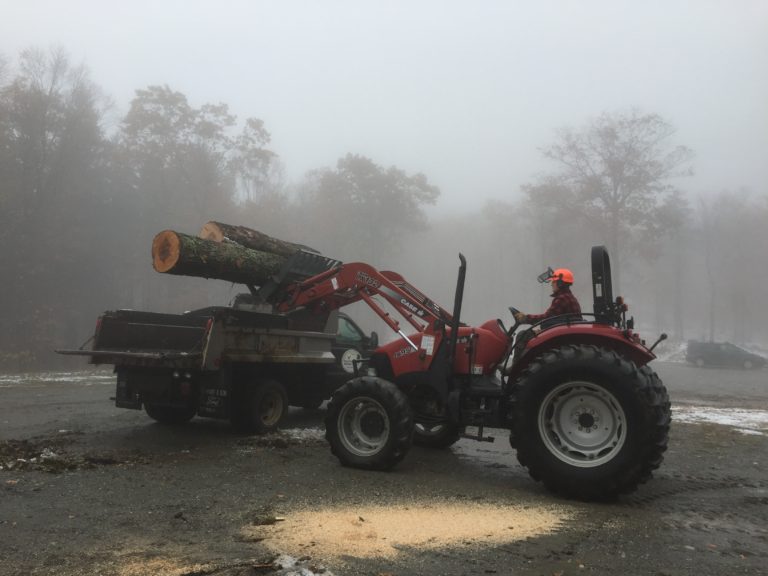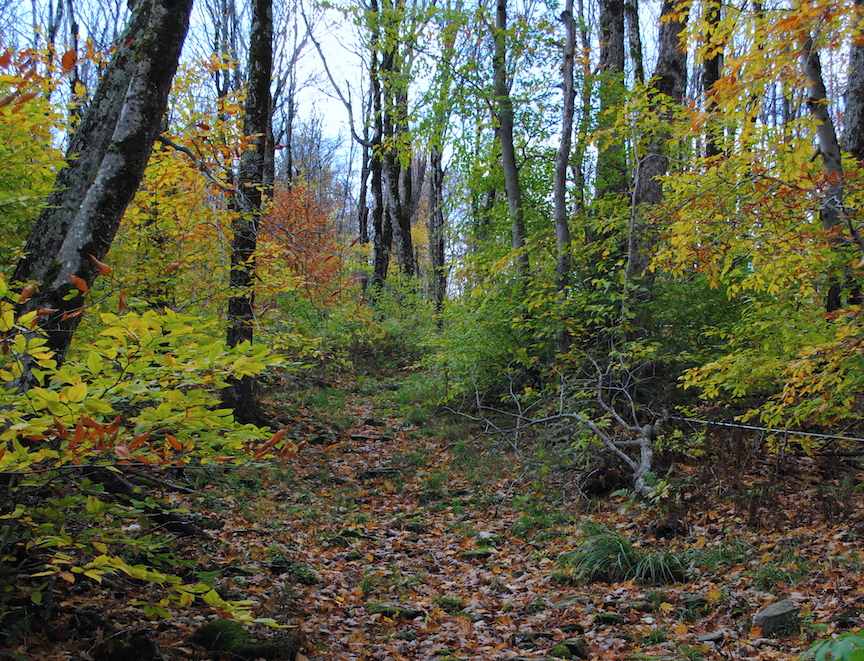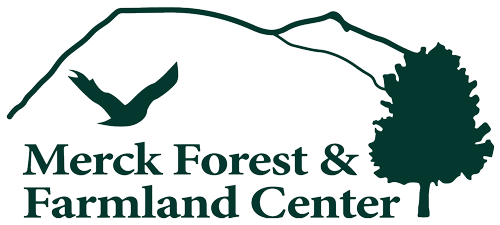Merck Forest
Our story
Over 70 years’ experience of innovative and sustainable forest management
Forest Management at MFFC
Most of Vermont’s modern forests were open fields a century ago, when agriculture dominated land use.
George Merck began acquiring land parcels in the 1940s to establish a private preserve for his family’s recreation. His interest in arboriculture and professional forest management led him to establish the Vermont Forest and Farmland Foundation in 1952 — one of the first land management experiments in the United States.
Sustainable forest management provides many benefits:

Water Filtration
Well managed forests remove impurities from water, recharge aquifers, and store enormous amounts of carbon.
Filtration
Well managed forests remove impurities from water, recharge aquifers, and store enormous amounts of carbon.
Wildlife
Forestry operations enhance habitat and forage opportunities, improving biodiversity and the stability of wildlife populations.
Income
The forest directly generates income through the sale of saw timber, cordwood, maple syrup and the leasing of a portion of the sugarbush.
Recreation
Take a hike — ride a horse — ski or snowshoe — in the diverse landscapes of the Taconic Hills. Over 30 miles of well-marked trails are available.
Please check in and out at the kiosk located near the Visitor Center.
Remember that cellphone and GPS services are unreliable around the property.
Hunting Season Schedule
In the event of typos/discrepancies/schedule changes, Vermont Fish & Wildlife regulations overrule the schedule below.
Early: 9/1/23 to 11/10/23
Late: 11/11/23 to 11/19/23
Regular: 11/11/23 to 11/26/23
Archery: 10/1/23 to 11/10/23 and 11/27/23 to 12/15/23
Youth & Novice Weekend: 10/21-22/23
Muzzleloader: 10/26/23 to 10/29/23 (Antlerless)
Muzzleloader: 12/2/23 to 12/10/23
Spring: 5/1/23 to 5/31/23
Youth & Novice Weekend: 4/29-30/23
Archery Only: 10/7/23 to 10/20/23
Archery or Shotgun: 10/21/23 to 11/5/23 (We are located in WMU “N”.)
Cottontail Rabbit/Snowshoe Hare: 9/30/23 to 3/10/24
Gray Squirrel: 9/1/2 to December 31/23
See Vermont Fish & Wildlife website for information.
Connected Taconics Project

